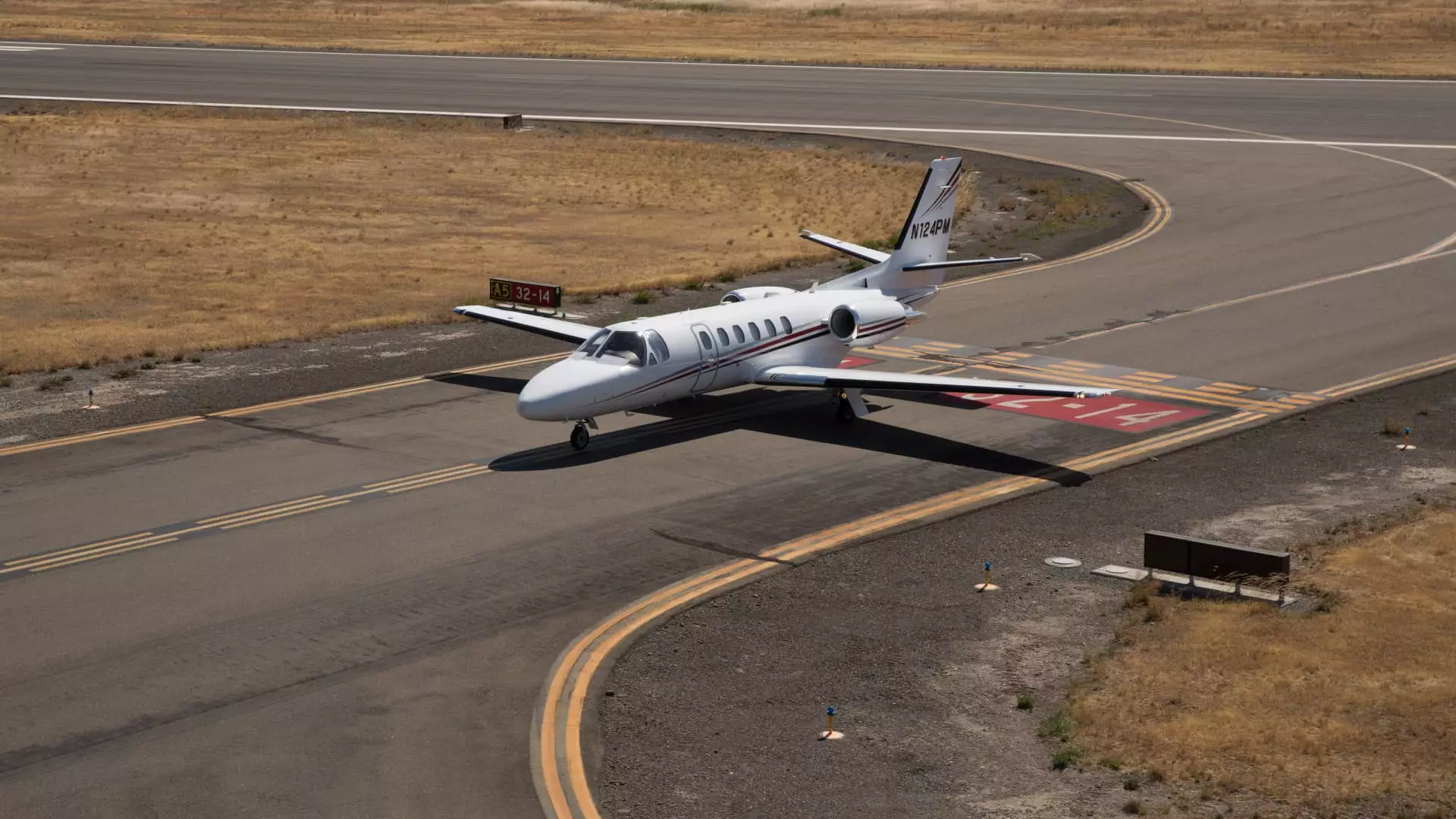The latest Barclays survey unveils dire news for the business aviation sector: a staggering 49% drop in interest for purchasing business jets since March. This alarming figure, compiled from a mere 65 respondents over a week-long period in early April, paints a bleak picture of consumer confidence. Despite some lingering economic optimism in pockets of society, it appears that even affluent consumers are retracting their spending habits alarmingly. One has to ask—what does this mean for the larger economic landscape? The cautious sentiment leaking through the business aviation realm isn’t isolated; it reflects a general lukewarm attitude toward consumer expenditure as inflation concerns ratchet up and uncertainties about a potential recession loom large.
Measuring the Dwindling Interest
The Barclays Business Jet Indicator, which assesses market conditions using a composite scoring system based on five strategic metrics, fell from 52 to a significant low of 40—a 23% plunge, marking the worst defeat observed by Barclays since the tumultuous days of the COVID pandemic. This low number is concerning, aligning with impending complications for airplane manufacturers as their book-to-bill ratios take a hit. An alarming correlation emerges from this declining sentiment. A severe reduction in new aircraft orders, which now trails 10% behind existing commitments, signifies a stalling market that could lead to significant layoffs and economic instability in the aerospace sector.
Rapid Decline in Purchases
The survey report highlights a distressing reality: nearly half (46%) of brokers are reporting dwindling interest from potential buyers, with a mere 10% noting any improvement. The grim outlook seems almost contagious as apprehensive clients put their purchases on hold, fearing ramifications from ongoing tariff challenges that might impinge not just on the aircraft market but also on their own operational stability. The looming sentiments reflect a fear that ripples through the business climate, leading to a collective holding of breath until clearer skies appear. It’s essential to recognize how such declines adversely impact manufacturers, forcing them to potentially scale back on both production capacities and workforce sizes.
The Tariff Conundrum and Its Broader Impact
Looking deeper into the factors influencing this downturn, an overwhelming 93% of survey participants expressed concerns that tariffs would exert a significantly adverse effect on demand for new aircraft. Only a minuscule 7% maintained an optimistic stance, expressing belief that tariffs would not hinder market growth. This overwhelming consensus unveils a fault line in the current economic discourse. It forces us to grapple with the uncomfortable truth that legislative tariffs may not only strangle the business aviation sector but could also cast a long shadow on related industries. The ramifications could extend to reduced innovation from manufacturers, weights added to development timelines, and potentially increased prices for end-consumers.
Faint Hope Amidst Dismal Prospects
In light of this economic malaise, there exists a slight glint of hope. Recent legislative maneuvers signal a possible lifeline for business jet manufacturers: the proposal to extend the beneficial aspects of the Tax Cuts and Jobs Act (TCJA). If passed, this resolution would permit businesses to deduct eligible equipment purchases by a full 100% instantly rather than staggering the deductions over time—a move that would encourage renewed spending and investment from businesses. Yet, amidst all the optimism, one can’t shake the feeling that such measures may only serve as temporary band-aids for structural issues within the economy.
The alarming drop in business jet demand reflects the broader anxiety woven throughout the economic fabric. While there are glimmers of potential revival through legislative actions, they may not be enough to counterbalance the overall bleak sentiment gripping consumers. As we watch how these dynamics unfold, a critical question remains: Can the business aviation industry strike back amid these turbulent times, or will it succumb to the economic forces at play?

